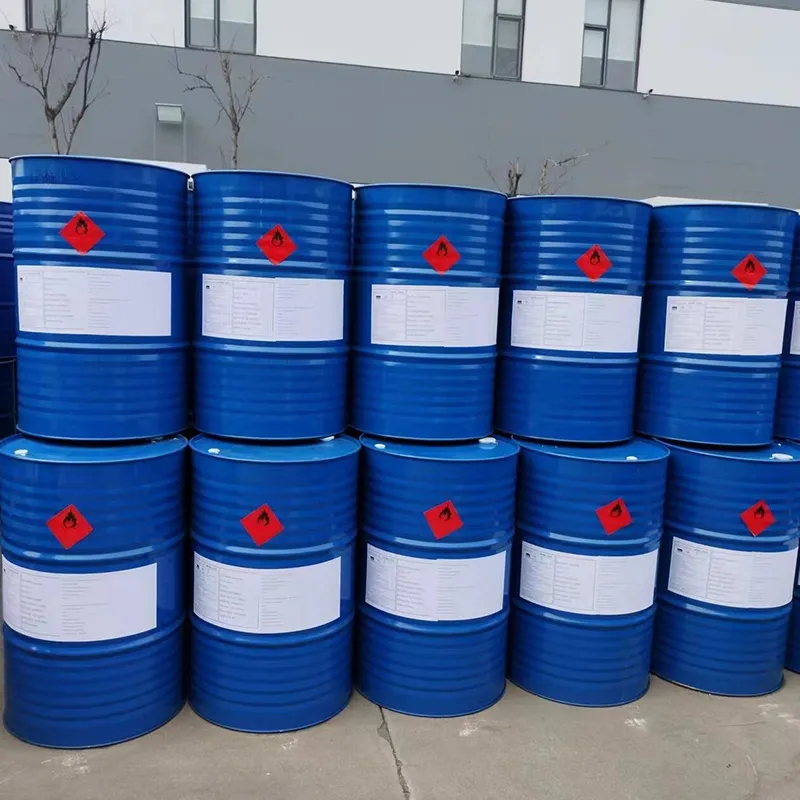
Exploring the Role of Carrageenan as an Effective Emulsifier in Food Products
The Role of Carrageenan as an Emulsifier
Carrageenan, a natural polysaccharide derived from red seaweed, has garnered significant attention in the food industry due to its multifunctional properties, particularly as an emulsifier. Emulsifiers are substances that help stabilize mixtures of oil and water, preventing separation and enhancing texture and mouthfeel in various products. This article explores the functionality, applications, and benefits of carrageenan as an emulsifier.
What is Carrageenan?
Carrageenan is extracted from certain types of red algae, including species such as Chondrus crispus (commonly known as Irish moss), Kappaphycus alvarezii, and Eucheuma cottonii. The extraction process involves boiling the seaweed in water, followed by filtration and drying. The resulting product is a gel-like substance that can vary in texture and viscosity, depending on the specific type of carrageenan—namely kappa, iota, and lambda carrageenan. Each type has unique gelling and thickening properties, allowing for diverse applications.
Emulsification Properties
As an emulsifier, carrageenan functions primarily by reducing the surface tension between oil and water, allowing for a stable emulsion. When added to a food product, it forms a viscous network that traps droplets of oil, keeping them evenly dispersed in the aqueous phase. This action enhances the stability of emulsions, which is particularly beneficial in products such as salad dressings, sauces, and dairy formulations.
One of the key advantages of carrageenan over synthetic emulsifiers is its natural origin, making it appealing to health-conscious consumers and those seeking clean-label products. Moreover, carrageenan's ability to form gels and thicken solutions can further enhance the mouthfeel and visual appeal of food items, resulting in improved consumer acceptance.
Applications in the Food Industry
carrageenan emulsifier

Carrageenan is extensively used in various food products where emulsification is crucial. For instance, in dairy products like chocolate milk and ice cream, carrageenan helps maintain a uniform consistency, preventing fat separation and providing a creamy texture. In plant-based alternatives, such as almond or soy milk, carrageenan supports emulsification, preventing sedimentation and ensuring a consistent product.
Additionally, carrageenan is prominent in sauces and dressings, where its emulsifying properties stabilize oil and vinegar mixtures, creating a pleasant viscosity. Its application is not limited to liquid products; it is also used in gelling agents for desserts like puddings and jellies, offering both stabilization and texture enhancements.
Nutritional and Health Aspects
While carrageenan is widely regarded as safe by food safety authorities, it has faced scrutiny regarding potential health implications. Some studies have raised concerns about its digestive effects, especially in its degraded forms. However, regulatory bodies such as the Food and Drug Administration (FDA) and the European Food Safety Authority (EFSA) have deemed food-grade carrageenan safe for consumption when used correctly.
The nutritional implications of carrageenan are mostly neutral. It is considered calorie-free and can aid in creating low-fat alternatives by offering textural properties without the addition of fats or oils. As the demand for vegan and vegetarian products rises, carrageenan represents a valuable ingredient that aligns with these dietary preferences.
Conclusion
In summary, carrageenan serves as a vital emulsifier in the food industry, contributing to product stability, texture, and consumer appeal. Its natural origin and gelling functionalities make it a versatile ingredient in both traditional and plant-based foods. As research continues to explore its nutritional aspects and functional capabilities, carrageenan is poised to retain its significant role in enhancing food formulations worldwide.
-
Why Glacial Acetic Acid Food Grade Is Essential in FlavorNewsMay.26,2025
-
Surging Export Growth of Food Additives in ChinaNewsMay.26,2025
-
How Ammonium Nitrate Fertilizer Boosts Crop YieldsNewsMay.26,2025
-
How 1,2,3-Benzotriazole Shields Plastics from UV DegradationNewsMay.26,2025
-
Cyanide in Gold Mining: Protecting People and the PlanetNewsMay.26,2025
-
Aluminum Hydroxide in Modern Sunscreen FormulationsNewsMay.26,2025
-
Understanding Synthetic Rubber OptionsNewsApr.27,2025
Hebei Tenger Chemical Technology Co., Ltd. focuses on the chemical industry and is committed to the export service of chemical raw materials.
-

view more DiethanolisopropanolamineIn the ever-growing field of chemical solutions, diethanolisopropanolamine (DEIPA) stands out as a versatile and important compound. Due to its unique chemical structure and properties, DEIPA is of interest to various industries including construction, personal care, and agriculture. -

view more TriisopropanolamineTriisopropanolamine (TIPA) alkanol amine substance, is a kind of alcohol amine compound with amino and alcohol hydroxyl, and because of its molecules contains both amino and hydroxyl. -

view more Tetramethyl Thiuram DisulfideTetramethyl thiuram disulfide, also known as TMTD, is a white to light-yellow powder with a distinct sulfur-like odor. It is soluble in organic solvents such as benzene, acetone, and ethyl acetate, making it highly versatile for use in different formulations. TMTD is known for its excellent vulcanization acceleration properties, which makes it a key ingredient in the production of rubber products. Additionally, it acts as an effective fungicide and bactericide, making it valuable in agricultural applications. Its high purity and stability ensure consistent performance, making it a preferred choice for manufacturers across various industries.











